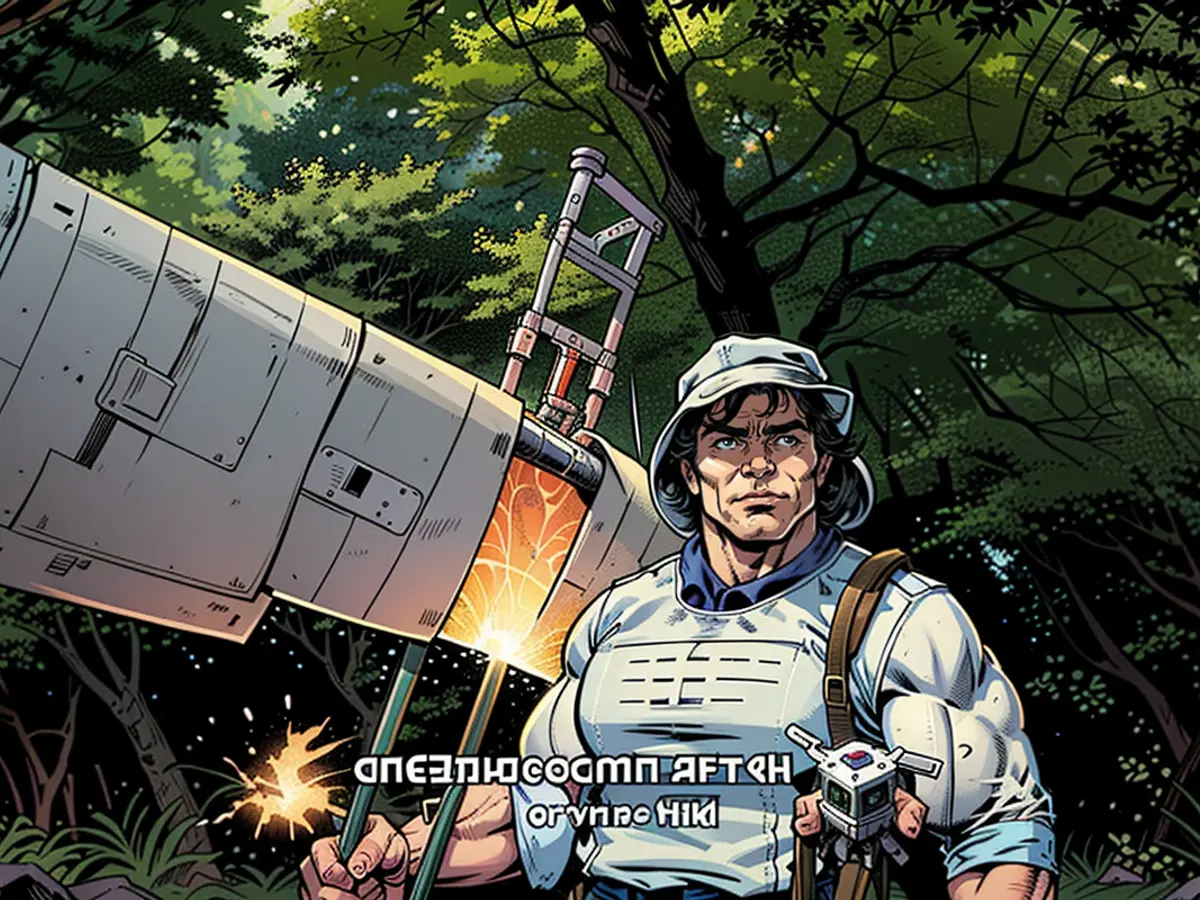Unexpected Russian Drone of Lesser Quality Emerges
Ukrainian forces are utilizing improvised drones as a wildcard in their defensive battle against the Russian invasion. Manufactured on a shoestring budget and resources, these drones consistently manage to take out tanks daily. On the other hand, Russia relies on affordable quadcopters, with a new model reportedly proving largely ineffective.
According to Ukrainian military intelligence, the Russian occupiers are using homemade drones to attack Ukrainian positions. A troop from a specialist unit shares footage, describing the drones as being constructed from "crap and twigs," indicating their rudimentary design. However, it's crucial to comprehend their capabilities, as explained.
The troop boasts of having shot down numerous drones. He finds it effortless, likening it to shooting a duck because of their low speed. Analyzing the retrieved drones, Ukrainian military intelligence discovered they possessed minimal explosive power, with reports suggesting 150 to 200 grams of TNT.
Impactless Drone
The drones would merely generate a psychological impact and attempt to frighten the Ukrainians, the soldier alleges. They wouldn't cause significant damage or provide tactical advantages. "What's intriguing is that they cut off their engine about 700 meters from the target – then silently glide forward."
The troop estimates the price of such a drone, inclusive of batteries, to be a relatively low $300. Military intelligence investigations have uncovered that they are primarily built by students, including a group named "Stalin's Children." "They are launched in large numbers," he adds.
Claims of Russia engaging minors in the production of weapons or other military equipment are not unheard of. Within the Kremlin realm, there is a persistent militarization of society, often beginning at a young age. Notably, there exists the "Young Army" (Юнармия), a type of youth army. Its members attend military commemorative events, write letters to soldiers, or learn to disassemble and assemble weapons.
The soldier expresses concern about the psychological impact of the Russian-made drones on Ukrainian forces, suggesting they are primarily intended to intimidate. Despite their low price and mass production, they are found to have minimal explosive power.
In light of these findings, the attack on Ukraine by Russian drones appears to be more of a symbolic gesture than a strategic or damaging move.








